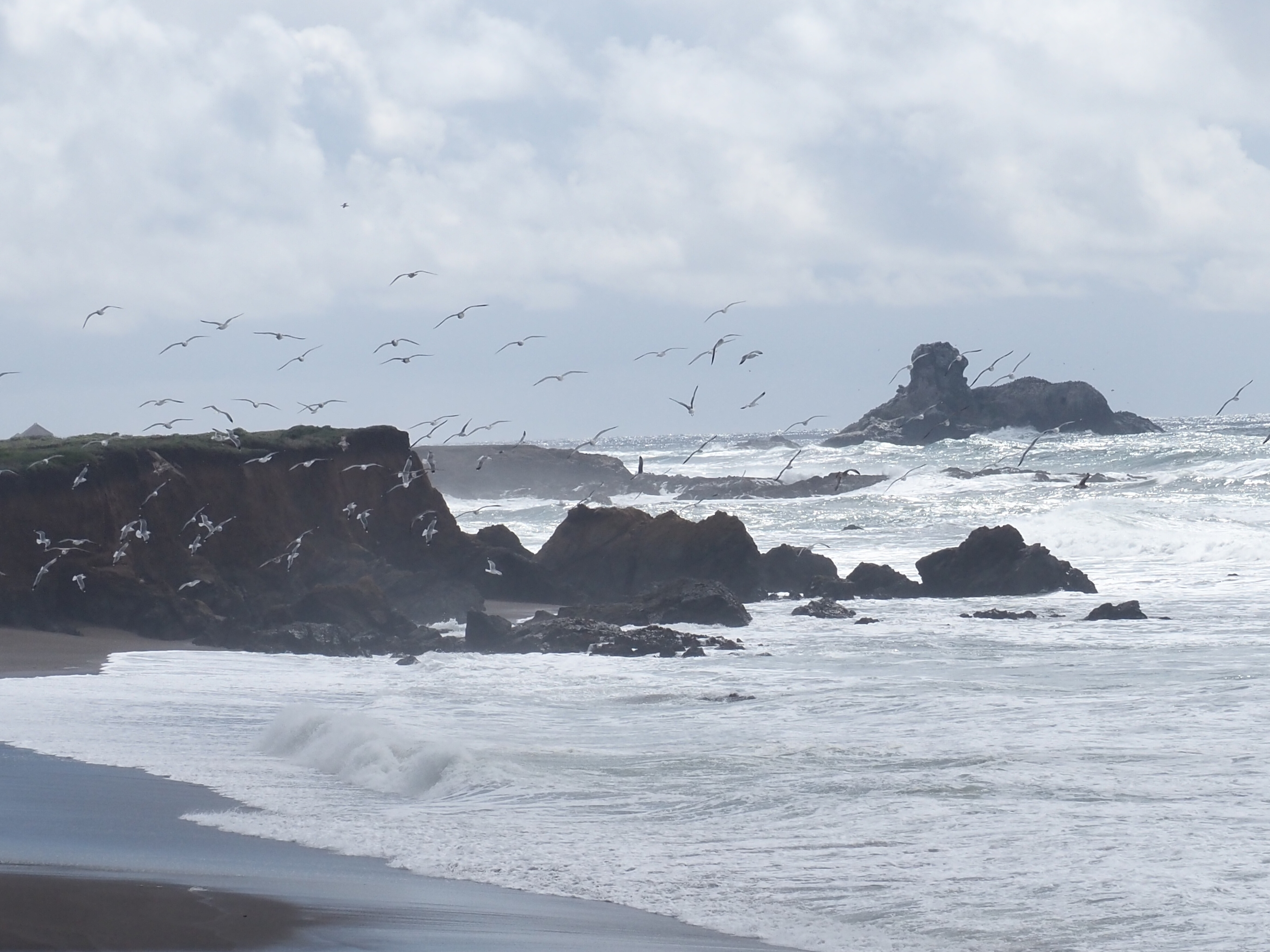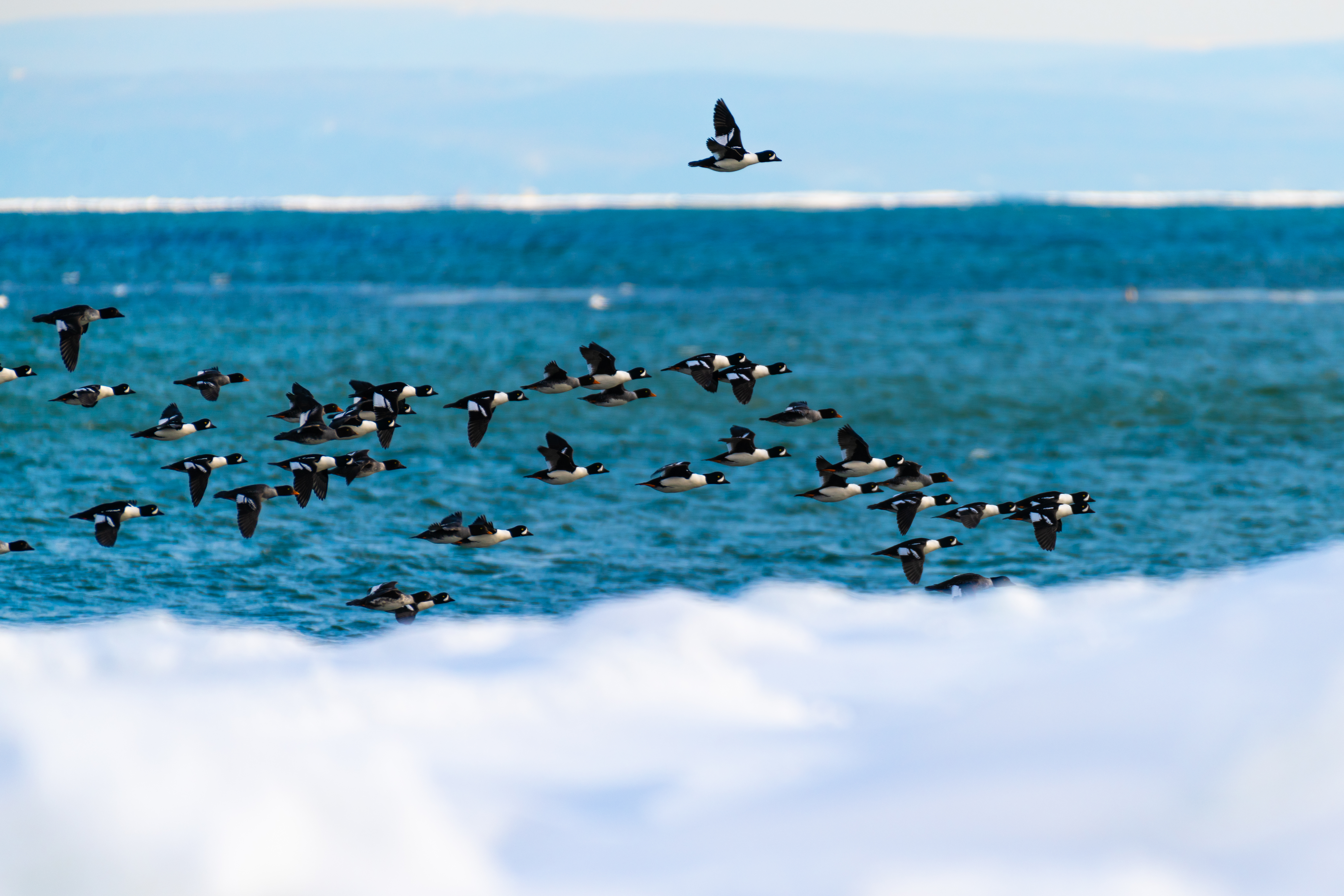I didn’t suspect that I would close out the 2016 season with so many humpback sightings in the Estuary. This is usually the best time to observe blue whales and, indeed, I was lucky enough to encounter twenty or so quite late this fall.
In these final days of October, the 20th and 29th to be precise, I was able to enjoy two relatively favourable days to venture out into the Estuary. For these trips, I was accompanied by Katy Gavrilchuk and David Gaspard, two biologists from the Mingan Island Cetacean Study, who had just finished their season at the station. It’s always enriching to be able to share in the knowledge of these experts in their field. I am grateful to them.
This season, I’m accustomed to patrolling the area from Baie de Mille-Vaches to Forestville to the east. This sector has been particularly deserted by large rorquals this year, so I pushed my search farther east, between Forestville and Pointe-aux-Outardes.
It was a revelation. I did not expect to encounter so many humpback whales there so late in the season. Thirteen individuals in total. Additionally, these animals being regular summer visitors in the Mingan sector, I was able to observe for the first time several individuals that I never had the opportunity to see in the Gaspé. This group of humpbacks had been observed off the Côte-Nord region all summer long, moving slowly westward until they arrived opposite my home. They seemed to enjoy the area between the mouth of the Betsiamites River and about ten nautical miles offshore from Pointe-à-Michel.
My personal observation totals for the 2016 season:
1,406 nautical miles covered (2,600 km) on the waters of the Gaspé and the St. Lawrence Estuary;
57 observations of humpback whales, including 32 different individuals;
55 observations of fin whales, including about forty individuals;
33 observations of blue whales, including 20 individuals.
All in all, a typically good season.
Thanks for your interest in my field notes and…
Have a great winter!
[metaslider id=21963]
 René Roy is an amateur cetologist who is passionate about the sea and whales; he resides in Pointe-au-Père, in the Bas-Saint-Laurent region. For the past few years, he has undertaken photo-identification expeditions for the Mingan Island Cetacean Study (MICS), mainly in the Gaspé. He also volunteers for the Quebec Marine Mammal Emergency Response Network.
René Roy is an amateur cetologist who is passionate about the sea and whales; he resides in Pointe-au-Père, in the Bas-Saint-Laurent region. For the past few years, he has undertaken photo-identification expeditions for the Mingan Island Cetacean Study (MICS), mainly in the Gaspé. He also volunteers for the Quebec Marine Mammal Emergency Response Network.





